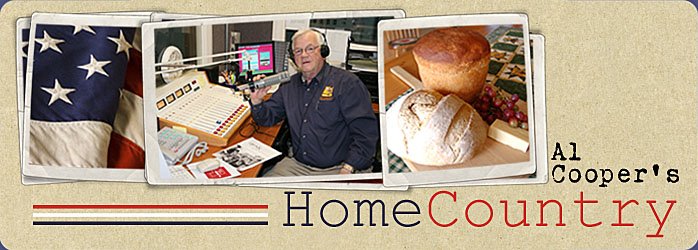
THE PEARL HARBOR ATTACK THAT NEVER HAPPENED
By Al Cooper
When waves of carrier-based planes of Japan=s Imperial Navy appeared over a sleepy Hawaii early on the morning of December 7, 1941 ushering the U.S.A. into World War II, they were carrying out an ingenious war plan conceived by Admiral Isoroku Yamamoto. The premise behind Yamamoto=s plan (which he had only reluctantly proposed to his nation=s military leaders), was that by crippling the U.S. Pacific fleet and thus opening up our pacific allies and the west coast itself to attack, a largely isolationist America would quickly seek to negotiate a peace in accord with Imperial Japan=s plans for a AGreater East Asia Co-Prosperity Sphere@. He stressed his conviction that for his plan to work, the mission must be carried out in absolute secrecy, and the destruction of the Pearl Harbor facility and our Pacific fleet must be complete. To this end Admiral Chuichi Nagumo the operational commander was instructed to launch a second attack after rearming and refueling the planes from the first two attack waves.
Entire books have been written around the question of why Nagumo failed to launch the second attack, especially when he knew the crucial U.S. carriers were not present in the anchorage as believed. Of even greater import to America=s ability to recover quickly was the failure of the Japanese attackers to destroy the gigantic fuel reserves and dry dock repair facilities which were left virtually untouched. In Nagumo=s defense, wildly exaggerated claims of destruction by the returning aviators, the fact that his pilots were untrained in the nighttime landings the second sortie would require, and his fear that the Amissing@ U.S. carriers might show up and destroy his unprotected fleet at any time seemed to dictate the wisdom of withdrawal.
In actual case, Yamamoto=s grim predictions came to pass. Despite six months of absolute domination everywhere the rising sun flag was planted, the tide began to turn against Japan with Midway, Coral Sea and a series of air/sea engagements in which the forces of Imperial Japan were met by many of those same ships which had supposedly been destroyed at Pearl Harbor, and which had been raised Afrom the dead@ to fight again in one of the greatest engineering feats in world history. But there is another - seldom-told - story.
Realizing that the Pearl Harbor mission had fallen short of its goal, an equally ingenious plan unfolded in the far reaches of the northwest Pacific within two months of the December 7th foray.
(Here, it is worth noting that one of America=s great failures of the Pacific War was to totally underestimate the genius of Japan=s war-making industry, particularly in the area of aviation technology, the legendary Mitsubishi AZero@fighter plane being but one example.)
Accompanied by a Zero float-plane, a Kawanishi H8K Emily flying boat approaches the WW II fortress of Rabaul harbor in the southwest PacificFrom a seaplane base somewhere in the Marshal Islands, tons of bombs and torpedoes were loaded on three Kawanishi flying boats. Designated the H8K by the Japanese Navy, this remarkable airplane came to be known as theAEmily@ by American pilots, in keeping with the doctrine of giving male names to enemy fighters, and female names to bombers and transports. With a wing span of 125 feet and a flying range of more than 4000 miles at an altitude of nearly 30,000 feet, this four-engine amphibian was capable of carrying a sixteen thousand pound payload at speeds close to 300 mph. Out of respect for its two canons and at least four machine guns, it was usually viewed only from a safe distance by Allied pilots who called it the AFlying Porcupine@.
On March 4th, 1942 two (some accounts say three started out) Emily flying boats headed for Hawaii to finish the job Nagumo had started with such fanfare. Even with their amazing range, they needed to refuel for such a round trip, and so a rendezvous with two submarines, the I-15 and I-19, each carrying ten tons of aviation fuel at a remote atoll known as French Frigate Shoals was organized. A third submarine - I-26 - accompanied them as protection and back-up, while I-23 was stationed ten miles south of Pearl Harbor with a radio beacon and rescue capabilities.
Alas for the Empire of Japan, after extraordinary planning and coordination, the two flying boats arrived at the appointed place and time to find the entire Hawaiian Islands socked in by weather.
A second try was made two months later, but by that time, U.S. Navy code breakers were onto the French Frigate Shoals submarine station, and that effort too was thwarted. All part of the Pearl Harbor attack that never happened.











